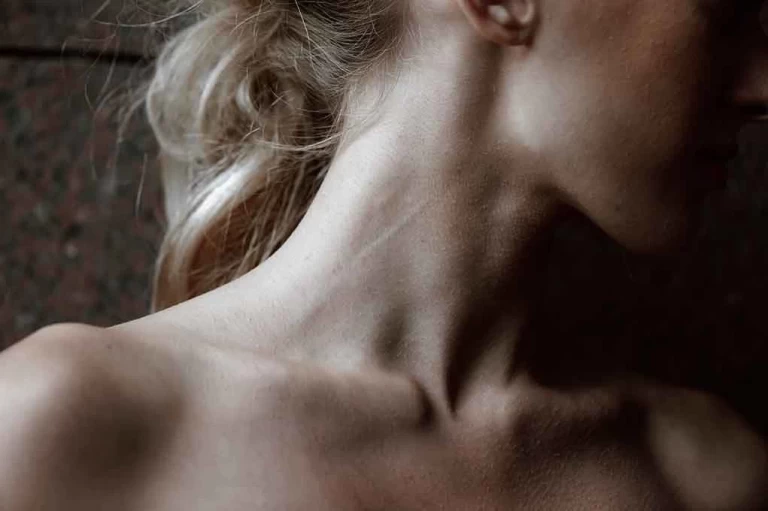
One year ago my son suffered a severe concussion and traumatic brain injury that took him off of the court which was life- basketball. We watched our quick-witted, funny, active 13-year-old sink into a world of depression, malaise, fatigue, and the inability to deal with the stressors of life. Car rides were no longer car rides but rather caused vertigo, headaches, nausea, and fatigue. Our once active kid could no longer exercise at any level without causing a rapid heartbeat, setting off massive headaches, and a latency period that required complete inactivity to get back to his baseline.
Our once academically sharp kid struggled to stay up with school. Cognitively he no longer was able to catch on and assimilate information which in the past he just took for granted. Traumatic brain injury has devastating effects on those that suffer. The good news is that there are a host of things that you can do that can support your body's ability to heal, repair, and recover from traumatic brain injury.
The Journey Towards Healing Traumatic Brain Injury
Now that our son is well, back on the basketball court, and thriving in school, we are here to tell you what our keys to recovery were. The first key to recovery is being open-minded to all and every possible healing procedure, sometimes our preconceived notions of who are the experts don’t always pan out as the ones who aid our recovery.
The literature that exists regarding traumatic brain injury mostly focuses on the brain itself, and why wouldn’t it? A brain injury is a brain injury and supporting this most amazing organ recovery should include things that support and stimulates its normal function. However, this article is going to focus on what we feel is a BIG MISSING LINK in traumatic brain injury lexicon and recovery- YOUR NECK.
Our son was fighting after a loose ball in the heat of an AAU basketball game. As he struggled over the ball the other player let go. The force of the struggle, and then release, caused him to accelerate backward, while his head went from a flexed position to an extended position his head impacted the wooden court and a thud was heard throughout the gym.
Not only did billy suffer a brain injury but simultaneously he suffered a cervical spine injury. As we will discuss in this article, Upper Cervical spine injury can have a host of deleterious effects on your body's ability to heal and repair. It is imperative that the upper cervical spine is corrected properly so the body can have maximum nervous system integrity to promote healing.
Why the Upper Cervical Spine is Important in Traumatic Brain Injury Recovery
The upper neck houses the most vital centers of the central nervous system, the brain stem. In fact, the brain stem is so important to your survival that it runs regulates, and controls almost all functions in your body that you are not consciously aware of. Dr. Mike Flanagan in his 17-page article titled “The role of the craniocervical junction in craniospinal hydrodynamics” eloquently and scientifically describes the cascade of devastating effects upper neck misalignment can have on human physiology.
The brain stem controls muscle tone regulation, blood pressure, cardiac function, respiration, balance (vestibular nucleus) and many other vital functions of the body. Because the head weighs 10-12 pounds and sits on the atlas (c-1) which weighs 2 ounces, acceleration-deceleration injuries that cause traumatic brain injury also damage the soft tissue, ligaments, and muscles that give neck stability. Injuries to the joint capsules of the neck cause spinal misalignment at the skull neck junction which irritates and interferes with normal nervous system function.
Ignoring this vital area of human physiology is a big mistake. Usually, patients are ignoring their necks they just do not have the awareness that it can be at the root of their suffering. Mainstream medicine has zero awareness of the vital role that upper cervical spine misalignment plays in traumatic brain injury, so don’t expect to hear about it from your conventional medical doctor.
What Does a Blair Upper Cervical Chiropractor Do?
Blair Upper Cervical doctors are specially trained to find spinal misalignments in the upper cervical spine. This is determined by running the prospective patient through a battery of neurological tests that locate the spinal segments that have been injured and misaligned by a prior neck injury.
Once located, precision imaging in the form of digital x-ray or cone-beam computed tomography (Cbct) is used to precisely determine which joint has misaligned and the angulation of the offending joint. Each person’s anatomy is different and therefore imaging is used to uncover the blueprint to be used to correct each patient’s individual misalignment pattern. Once this information is gleaned, a gentle, light correction is made without twisting, popping, or pulling.
The patient is then monitored overtime to ensure that the correction is holding. If the testing indicates the need for another correction, then it is performed. However, the goal of Blair Upper Cervical Care is for the patient to stay in “adjustment”. It isn’t the correction that produces healing. It is the removal of nerve irritation and the adjustment “holding” in its normal position that allows the body to function better and proceed through a healing process.
If you or a loved one is looking for natural Traumatic Brain Injury treatment our offices offer a FREE consultation.







Leave a comment